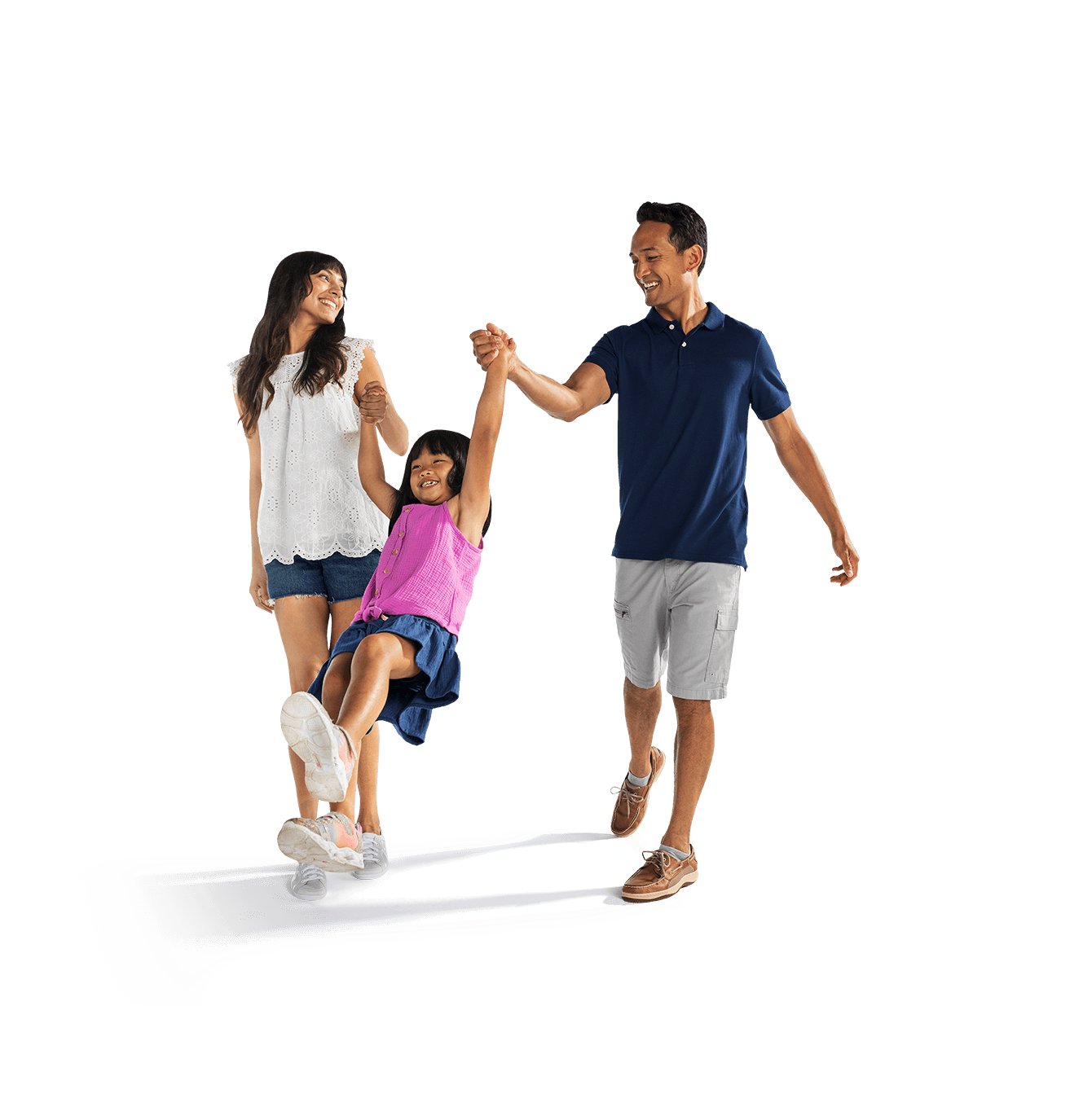For Healthcare Professionals
The future of Neurosurgery is here.
By harnessing acoustic energy, you can treat Essential Tremor and Tremor-dominant Parkinson’s Disease with the therapeutic power of Exablate Neuro, a Focused Ultrasound platform that is advancing patient care. Focused ultrasound allows you to perform precision treatment with the click of a mouse.
Transform patient lives with Focused Ultrasound.
Bring a sense of inspiration to your department as you and the clinical team help transform lives. From patient-specific planning to sub-millimeter precision, this incision-free treatment often results in an immediate therapeutic effect with minimal complications.
The treatment is guided in real-time by MRI, providing patient-specific treatment planning, as well as continuous temperature monitoring for safety and efficacy. Parameters can be adjusted to ensure optimal response, and patients typically go home the very same day.1
Safety & Risk Information
Overall, Focused Ultrasound is a reasonably safe procedure with minimal risks.1 Patients considering treatment should discuss with a physician all treatment options available and risks involved. For details on the safety results of Insightec-sponsored clinical studies, please click here.
Resources for Healthcare Professionals
For Patients and Caregivers
It’s time to get back on the path of aging well.
Shaking hands should not have to be a part of normal aging and can be treated effectively when medications don’t provide satisfactory relief.1 Life-changing transformations are taking place all over the world thanks to innovation in medical technology by Insightec.
A single outpatient treatment that fits into your life.
Physicians are treating hand tremor from Essential Tremor or Tremor-dominant Parkinson’s Disease with the therapeutic power of focused ultrasound — typically in just one outpatient procedure. The treatment is guided by MRI, which acts as the “eyes” of the treatment so the physician can target the precise spot in the brain can be adjusted to ensure optimal response tailored just to you; you can often go home the very same day.
Safety & Risk Information
Overall, Focused Ultrasound is a reasonably safe procedure with minimal risks. Patients considering treatment should discuss with the treating physician all treatment options available and risks involved. For details on the safety results of Insightec-sponsored clinical studies, please click here.
Links and Resources for Patients and Caregivers
A Better Tomorrow
Starts Here
Discover the transformative power of incisionless focused ultrasound.
Start a Transformation©2024 Insightec. All rights reserved.
The information on this website is not intended to be a substitute for professional medical advice. Always discuss treatment options and treatment outcomes with your physician or other qualified health provider.





